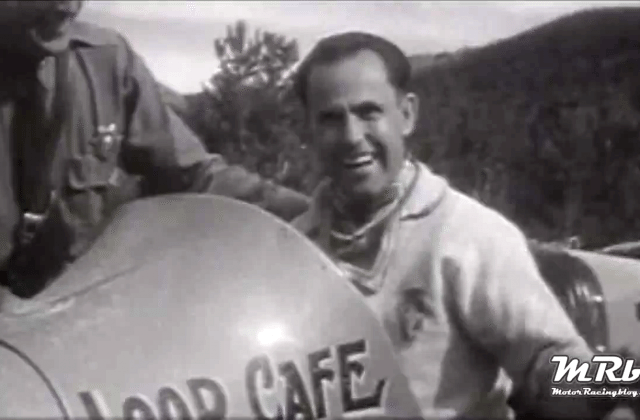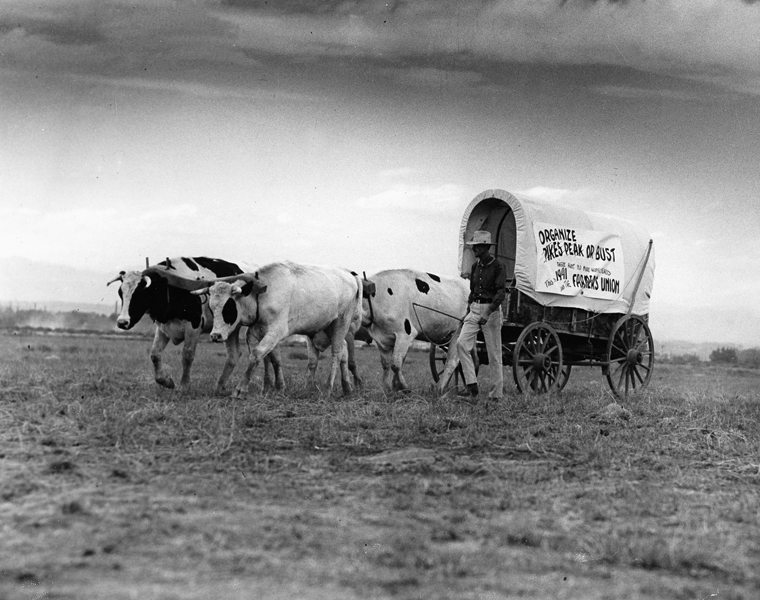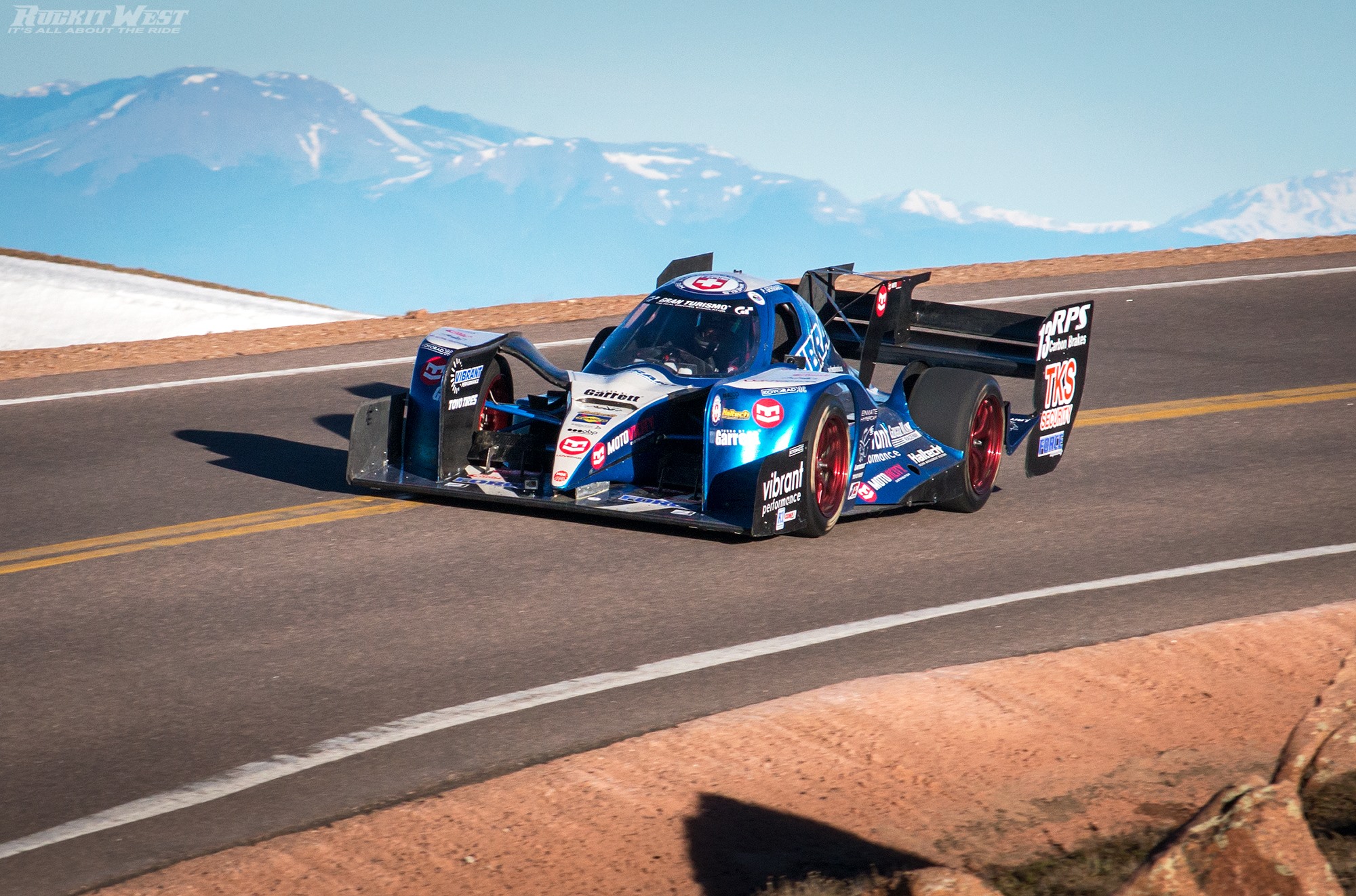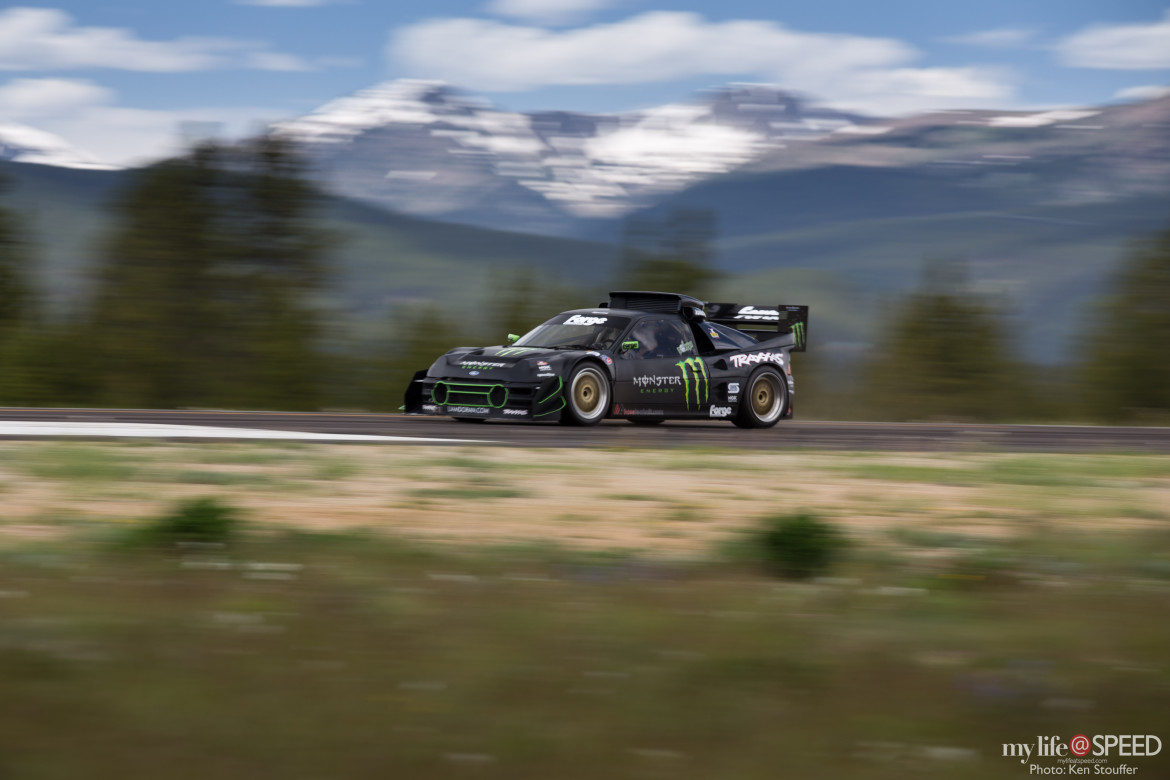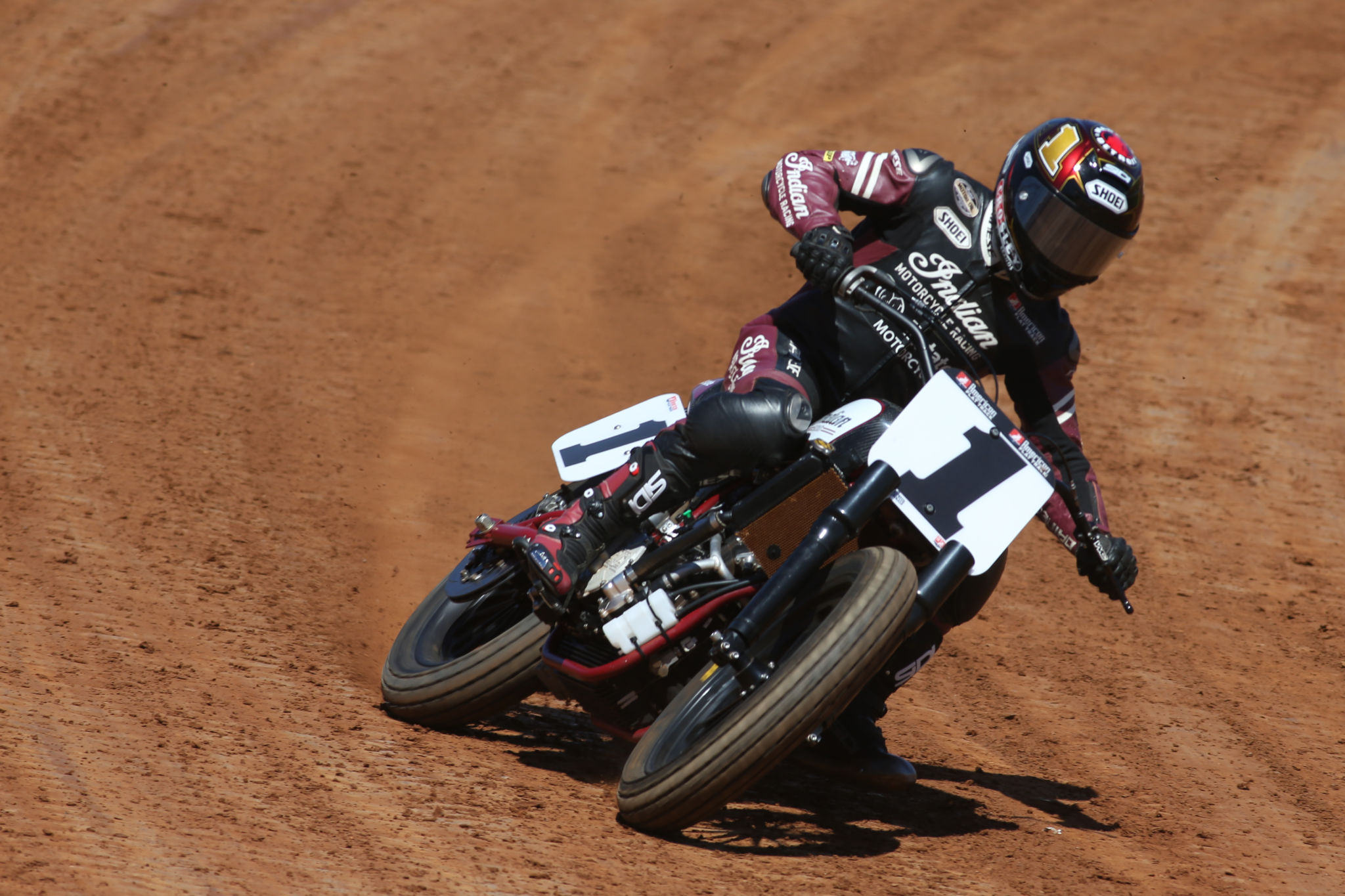Louis Unser wins 1938 Pikes Peak International Hill Climb. Interesting that the title on this youtube video claims the winner in the clip was Jerry Unser, which is incorrect. It is indeed Louis Unser in the Loop Café Special, 1938, and this was the first car to win in under 16 minutes.
Crazy to think that is only 6 minutes longer on course, than Monster Tajima who broke the “under 10 minute mark ” in 2011 – 73 years later in, what can be argued, better technology, partially paved course. Wow!
Here is more history on Pikes Peak -from the Library of Congress:
This annual automobile race to the 14,110-foot summit of Pikes Peak, above the city of Colorado Springs, spans a grueling 12.5 miles along a gravelly road. More than 200 competitors in cars, trucks, and motorcycles participate, along with thousands of spectators who line the winding route.
Pikes Peak takes it name from Zeb Pike, who attempted to climb the mountain in 1806 with a small party of explorers. The weather was bleak, and they were ill prepared. Finally they reached a summit of one of the foothills, waist deep in snow, which Pike estimated to be 18,581 feet. As more climbers and gold prospectors followed, the expression, “Pikes Peak or Bust,” became a byword for westward expansion.
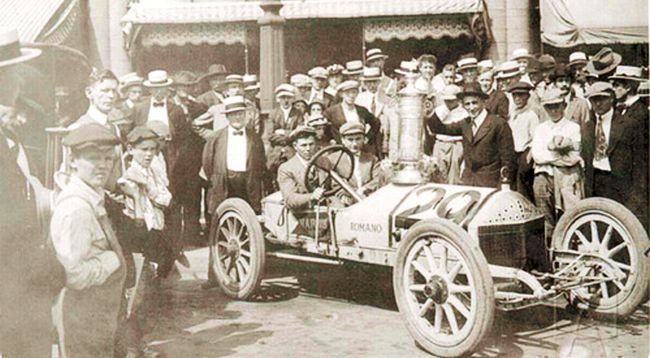 By 1873, a primitive road led to the peak, where a weather station had been established. In 1901, two Denver men drove and occasionally pushed the first automobile-a locomobile steamer- to the summit. Fourteen years later, local financier Spencer Penrose spent $263,000 to rebuild the road for automobile travel. The next year, Penrose, who founded the Broadmoor Hotel, started the Pikes Peak National Hill Climbing Contest, as a way to advertise Pikes Peak Highway and to encourage growth of the burgeoning automobile tourism industry in Colorado Springs. (Penrose had a special use permit from the U.S. Forest Service until 1935.) With an astonishing time of 20 minutes, 55.6 seconds, the first winner of the hill climbing contest was Rea Lentz, driving the race’s smallest car, Romano Demon Special.
By 1873, a primitive road led to the peak, where a weather station had been established. In 1901, two Denver men drove and occasionally pushed the first automobile-a locomobile steamer- to the summit. Fourteen years later, local financier Spencer Penrose spent $263,000 to rebuild the road for automobile travel. The next year, Penrose, who founded the Broadmoor Hotel, started the Pikes Peak National Hill Climbing Contest, as a way to advertise Pikes Peak Highway and to encourage growth of the burgeoning automobile tourism industry in Colorado Springs. (Penrose had a special use permit from the U.S. Forest Service until 1935.) With an astonishing time of 20 minutes, 55.6 seconds, the first winner of the hill climbing contest was Rea Lentz, driving the race’s smallest car, Romano Demon Special.
Dubbed the “Race to the Clouds,” the hill climb became a testing ground for new automobiles. The auto industry found the twisty mountain highway a wonderful testing ground for power of multi-valve engines, overhead cams, and superchargers, and introducing balloon tires, and front- and four-wheel drive.
Pikes Peak Highway is still a two-lane, narrow, mostly gravel road, with many blind curves and without guard rails (UPDATE: Fully paved – 2012). Race drivers compete against the clock, dealing with weather that can be sunny at the start and snowing at the summit. In 1935, Louis Unser set a record, driving a truck up the summit in 26 minutes, 12 seconds-the first of his many wins.
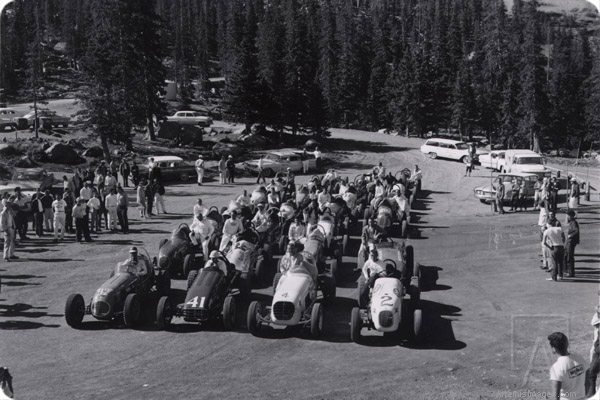 From 1936 to 1939, the Veterans of Foreign Wars, Willis Post No. 1, sponsored the race, using American Automobile Association rules. In 1956, the United States Automobile Club became the race’s sanctioning body. Over the years, the race has expanded to include sports cars, motorcycles, stock cars, and has attracted champion racers from around the world. During the 1990s, the fastest growing race division was for trucks, and a division for electric cars was introduced. The race’s name was also changed to Pikes Peak International Hill Climb. Still the race continues to be a local tradition, and local drivers continue to win.
From 1936 to 1939, the Veterans of Foreign Wars, Willis Post No. 1, sponsored the race, using American Automobile Association rules. In 1956, the United States Automobile Club became the race’s sanctioning body. Over the years, the race has expanded to include sports cars, motorcycles, stock cars, and has attracted champion racers from around the world. During the 1990s, the fastest growing race division was for trucks, and a division for electric cars was introduced. The race’s name was also changed to Pikes Peak International Hill Climb. Still the race continues to be a local tradition, and local drivers continue to win.
The Pikes Peak Auto Hill Climb Educational Museum was founded in 1989 to showcase race exhibits and a collection of race vehicles from the 1920s to the present. This project is documented with a short historical text, brochures, a video, a CD, newsletters of the Pikes Peak Auto Hill Climb Educational Museum, 13 photos, and a 1999 Race to the Clouds handbook.
Originally submitted by: Wayne Allard, Senator.

